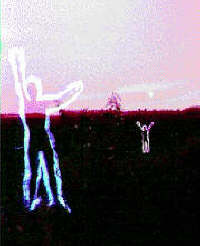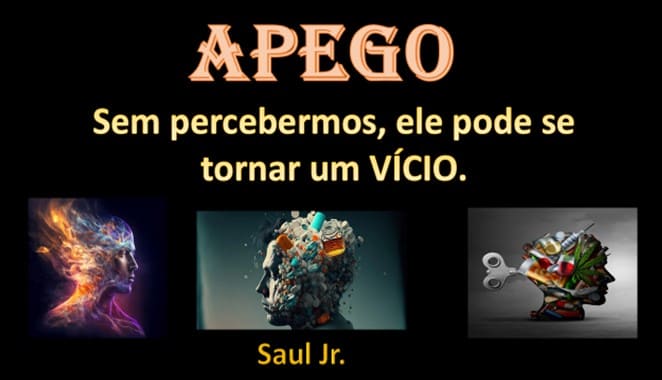To trust in the future helps us to die in peace

Autor Bel Cesar
Assunto STUM WORLDAtualizado em 27/07/2004 11:08:54
Translated by Nathalia Fernandes
[email protected]
Once I asked Lama Gangchen how I could know when I would be ready to deal positively with my own death. He answered: “When your mind becomes free of doubts concerning your future. At the moment of death, the idea we have of our future will be used as a basis to the projection of the coming events”.
I connected this idea as something similar to turning on a TV: the first image that appears on the screen shows us the channel it was tuned to, when it was turned off for the last time.
In his book NgalSo Tantric Self-Healing III (Lama Gangchen Peace Publications) Lama Gangchen explains why this happens. “The last gross mind of death (when our breathing stops) activates the throwing karma which will determine our next life. By dying with a happy, peaceful mind we will get a happy, peaceful next life. So for that reason we need to face death now”. So, when observing a person who is dying, the most important goal should be helping him/her to have a positive mind at the moment of his/her death.
Buddhism does not see death as a single event, but as one change within an endless cycle of changes. It helps us to live changes positively and that is how it prepares us for death.
If we cultivate the habit of dealing positively with day-by-day changes, we will be educating our mind to go towards what is shiny: no fear and doubts.
A positive view of our future simultaneously creates confidence in our present. In the same way, the future is less scary when we feel confident in the present. So, if we learn to see beyond the immediate moment and trust the positive continuum, we will not have any difficulty to set ourselves free in the present.
To understand better how our mind evaluates the future, we can, day after day, observe how we deal with the opportunities that appear: am I capable of seeing myself in a prosperous situation when facing something new and unknown?
We live death in the everyday moments as when things are not working as we wanted or foresaw. We can learn to deal with our everyday difficulties as a practice of emotional acceptance of our future death. “Having a relationship with death in everyday life means that we begin to be able to wait, to relax with insecurity, with panic, with embarrassment, with thongs not working out.”, writes Pema Chödrön in When things fall apart (Shambhala Publications).
Some people know how to deal with unpredicted things in a natural manner, without pain. But most of us are not ready to deal with chaos: we fear the situations that are out of control. We are not familiar with the idea of counting only with our internal power. However, there are moments in life when the only hope of getting out of a chaotic situation is to have the capacity of internal change. As Zen master Suzuki Roshi says: “You should be ready to die continuously”.








 in memoriam
in memoriam